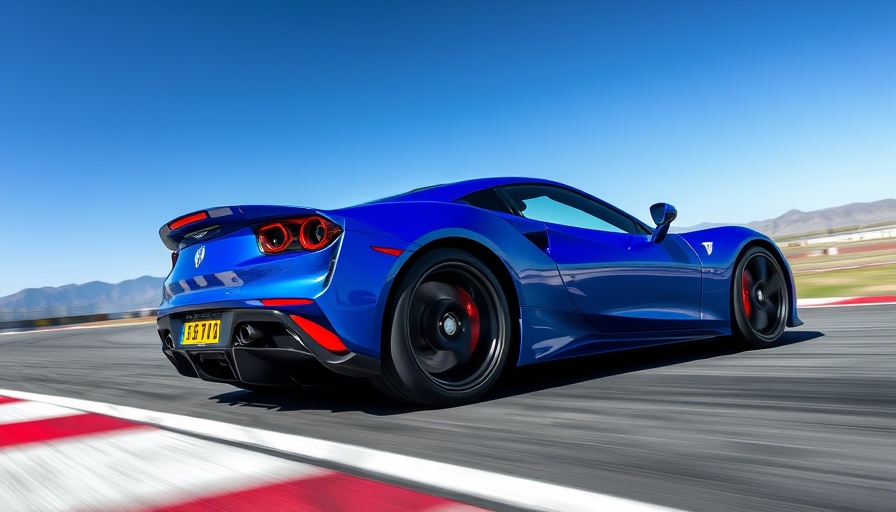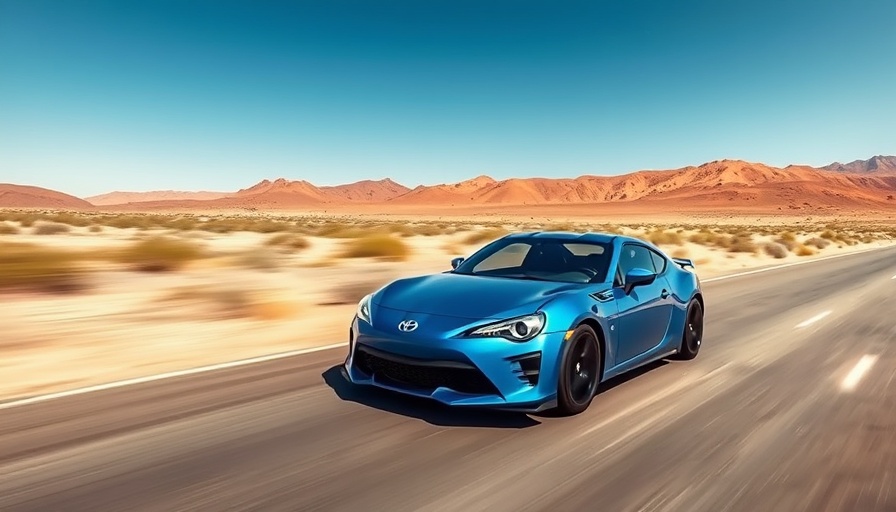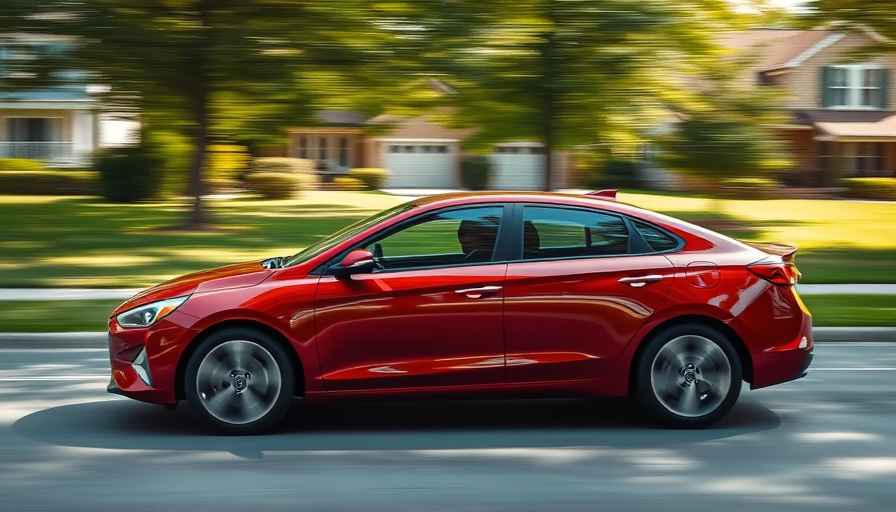
Bold New Directions for the Supra
Toyota is gearing up to redefine what the Supra means to both enthusiasts and the automotive industry at large. Scheduled for a late 2027 release, the next-generation Supra is expected to shed its BMW roots, instead adopting a fully Toyota-developed turbocharged four-cylinder hybrid powertrain. With a projected output of around 400 horsepower, this new setup showcases Toyota's commitment to innovation while maintaining performance expectations.
The Legacy of the Supra
The Supra name carries monumental weight in car culture, deeply rooted in the automotive history of the 90s when the A80 model achieved a near-mythical status among car enthusiasts. The original model’s robust 2JZ-GTE inline-six engine established a legacy characterized by tunability and performance. When Toyota partnered with BMW for the fifth-generation GR Supra, many fans felt that the collaboration diluted the brand's identity. Despite its performance capabilities, the vehicle was often called “Zupra,” blending the line between two vastly different automotive traditions. This upcoming model aims to reclaim that identity, which will resonate deeply with longtime fans.
Hybrid Technology: The New Face of Performance
The skepticism surrounding a turbocharged four-cylinder is understandable for die-hard fans who’ve come to associate the Supra line with six-cylinder engines. Nevertheless, Toyota’s robust history in hybrid technology cannot be overlooked. From the widely successful Prius to its performance-enhancing entries in racing, Toyota's commitment to electrification has proven effective. By incorporating hybrid dynamics into the new Supra, it stands a chance to deliver a thrilling driving experience while adapting to a rapidly changing automotive landscape.
Powertrain Insights: What to Expect
The upcoming Supra will reportedly feature the G20E engine, a 2.0-liter turbocharged inline-four that has already shown its potential in concepts like the GR Yaris M. In initial tests, this engine produced more than 400 horsepower without hybrid support. When hybrid technology is integrated, the expected enhancements could elevate that figure dramatically, possibly approaching 600 horsepower under certain conditions. This leap could redefine the expectations of the compact sports coupe category.
Face of Change in the Auto Industry
The trend of shifting away from traditional powertrains to more efficient ones mirrors a broader movement in the automotive industry. Many manufacturers are opting to downsize engines for better emissions and fuel economy. The possibility of a straight-six engine option from Mazda has been discussed, but it seems less likely as the industry moves toward smaller engines. The future of performance vehicles, like the Supra, may lie in the balance between hybrid efficiency and exhilarating power, signaling a transformation for manufacturers and enthusiasts alike.
Inspirational Lessons from Automotive Evolution
Just as the Nissan GT-R faced criticism for adopting a V6 engine instead of the beloved inline-six, the new Supra could meet its share of resistance. History shows that innovation often breeds skepticism, yet the GT-R established an impressive track record after its launch, dominating the competition for years. For Toyota, the challenge will entail not just building a powerful vehicle but also shifting perceptions and converting skeptics. The performance potential of hybrid technology could surprise fans and critics alike, providing an opportunity for Toyota to redefine an icon.
Navigating the Future of the Supra
The automotive landscape is evolving, and as such, brands like Toyota will have to navigate this complex environment carefully. Emphasizing agility, performance, and technological advancements, the new Supra aims to blend traditional elements with the demands of modern drivers. As we wait for this promising new iteration, it may ultimately emerge as not only a homage to the past but a bold leap into the future.
In this exciting new chapter, it’s clear that Toyota's next Supra seeks to balance heritage with innovation, making it a car to watch in the evolving auto industry. Embracing hybrid technology while paying homage to its performance roots, we can expect the upcoming model to challenge established norms and consolidate its place among the world’s greatest automotive legends.
 Add Row
Add Row  Add
Add 




Write A Comment